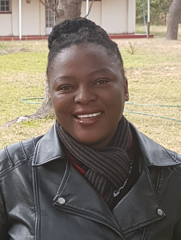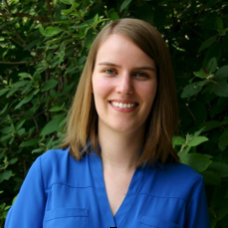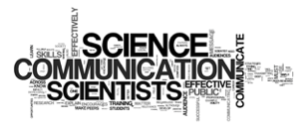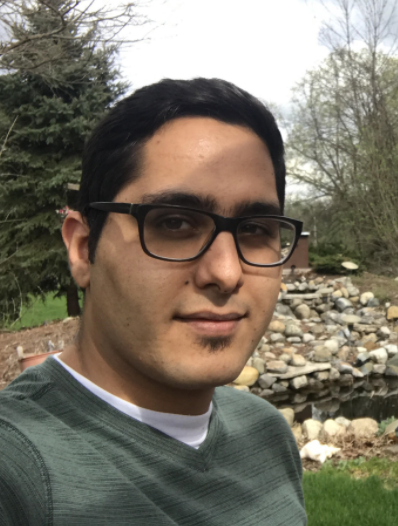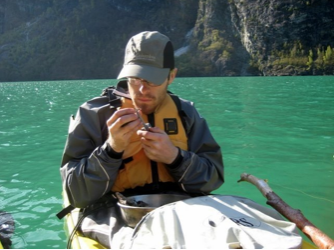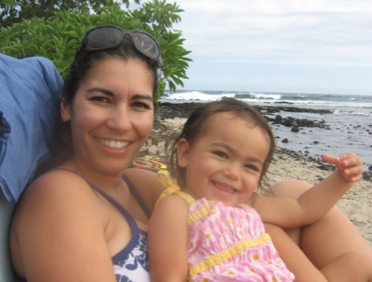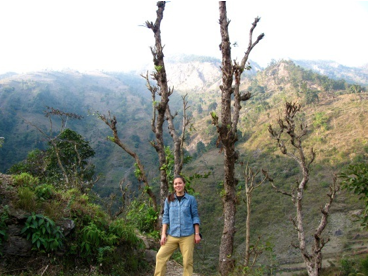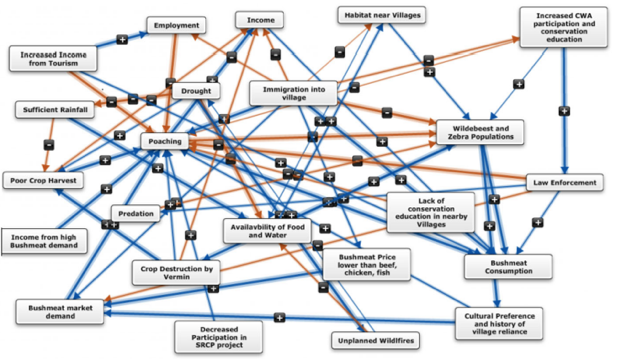Welcome to the Human-Environment Interactions Lab at Michigan State University!
Our group is interested in understanding how human behavior relates to the sustainability of socio-ecological systems. Understanding the complexity of human-environment interactions requires significant collaboration between both scientists from other environmental fields (economists, mathematicians, sociologists, ecologists, agronomists, marine scientists) and the humans that are interacting with the environment (fishers, farmers, land-owners and the general public).


We think that it is this collaboration that makes environmental research interesting and will ultimately help us better understand the nature of current environmental problems and help us create more sustainable solutions for the future.
- Our new book, Environmental Modeling with Stakeholders: Theory, Methods and Applications is available now!
- EU funded project that uses participatory modeling to understand different water futures across river basins in the Mediterranean adopts the Mental Modeler software!
- Former Lab member Mary Pleasant starts position at Oregon State University as professional faculty in the Department of Applied Economics!
- New version of online participatory modeling software Mental Modeler is now available with online scenario capabilities.
- Check out our new paper in Global Environmental Change about how local ecological conditions influence farmer understanding and how understanding influences behavior/decisions.
- Check out our new paper in Ecological Economics published with a ninth-grade public school classroom (See NOAA coverage here: http://nefsc.noaa.gov/news/features/njstudents/)
- Check out our new paper in Conservation Biology about the 'hidden drivers' of the bushmeat trade in Tanzania
- Check out our new paper in the new journal Ecosystem Services about managing cultural ecosystem services

